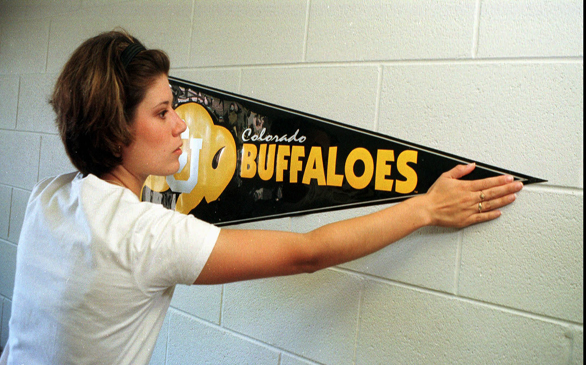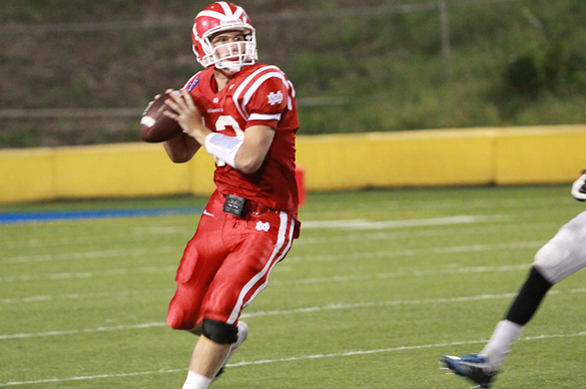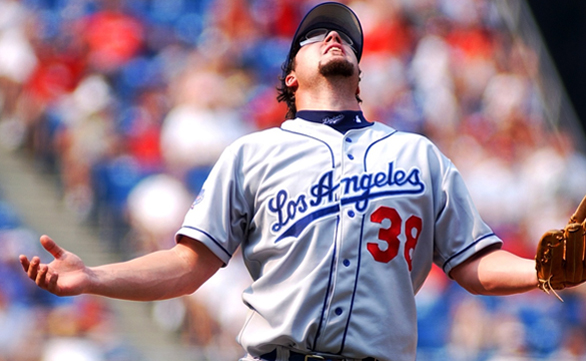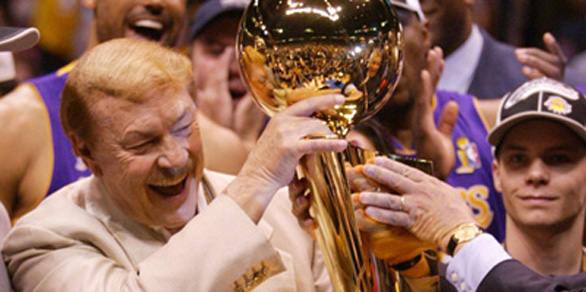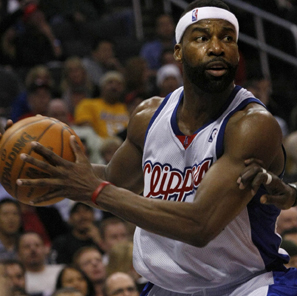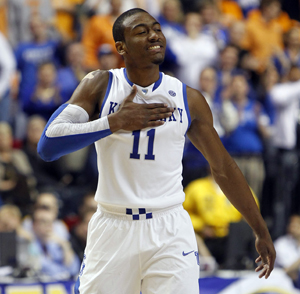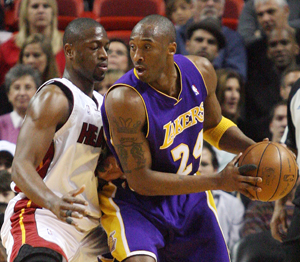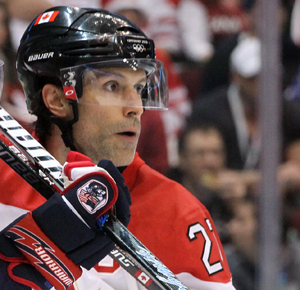It was once said Warren G. Harding earned the Republican presidential nomination of 1920 after decision makers held a private meeting at Chicago’s Blackstone Hotel. In a report published by the Associated Press, the decision was hailed as one made in a “smoke-filled room,” coining a phrase now considered to be a symbol of secretly-made decisions by the powers that be and at the behest of the will of the masses.
OK, so there was no meeting at the Blackstone Hotel, nor were any presidential nominees chosen. Heck, considering today’s laws generally prohibiting indoor smoking in public buildings, there probably was not even an actual smoke-filled room. However, when UCLA administrators announced last week they would renovate the hallowed Pauley Pavilion, home of a nation’s best 11 NCAA men’s college basketball banners, the term “smoke-filled room” definitely served a symbolic purpose.
On its face, a renovation of one of college basketball’s most revered venues seems timely. Among the glaring needs are more restrooms, additional floor seats, easier access to concessions and improved traffic flow.
Now, 43 years after opening its doors, UCLA has reportedly announced Pauley Pavilion will undergo a $185 million facelift. Apparently, part of the facelift includes the dismissal of concerns expressed by two architects and the ousting of a longtime university supporter and fundraiser.
It is quite the interesting situation UCLA finds itself in, even though school officials reportedly found the professional objections to Pauley’s renovation laughable, at best. Yet, on the one hand, the $185 million price tag seems awfully hefty, considering USC built a brand-new basketball gym in Galen Center for a mere $147 million.
Actually, UCLA may be paying some attention to the masses, choosing to pay a little extra money to preserve the iconic building instead of building an entirely new structure resembling the older one. Just ask baseball fans in New York how much they enjoy the new replica of Yankee Stadium.
However, the tussle is not whether Pauley should be renovated, but instead how it should be done. Today, it is the architects who are complaining. If those concerns are valid, it will be the masses that may end up whining loudly once doors (expectedly) re-open in 2012.
The biggest issue seems to be with traffic-flow designs, specifically how to prevent human clutter within the arena bowl. Pauley currently allows for fan traffic inside the arena bowl, causing heavy congestion.
In the planned renovation, there are new concourses to re-direct traffic. However, a few architects have reportedly criticized the new design, with one professional drawer telling the Los Angeles Times it is “convoluted” and “creates confusion and frustration.”
According to various news reports, Michael Hallmark, who helped design Staples Center, sent an analysis of the Pauley design to the University of California Regents, opining there are “potential fatal flaws” in the redesign.
Worst yet, Richard Bergman, an alumnus who was chair of the UCLA volunteer committee and helped raise funds for the Pauley upgrade, was asked to step away after he expressed concern of the potential design flaws.
In a stadium rich with basketball history and affiliated with one of the most recognizable universities in the country, one would think school officials would listen to some of the biggest names in architecture or do a disservice to one of its own in Bergman.
Sure, there will always be detractors, and $185 million will not buy unanimous support. Certainly, modernizing Pauley is overdue. Yet, school officials are a bit out of place to ask an alum who helped raise money for the facelift and gave 20 years of his professional life to UCLA to make sure the door does not hit him on his way out.
Oh well, perhaps the $185 million will buy fans a few more restrooms.
Sports: The Sports Wanderer
Pauley Pavilion Gets A Facelift
By Parimal M. Rohit

Article posted on 5/18/2009
This article has been viewed 1832 times.


